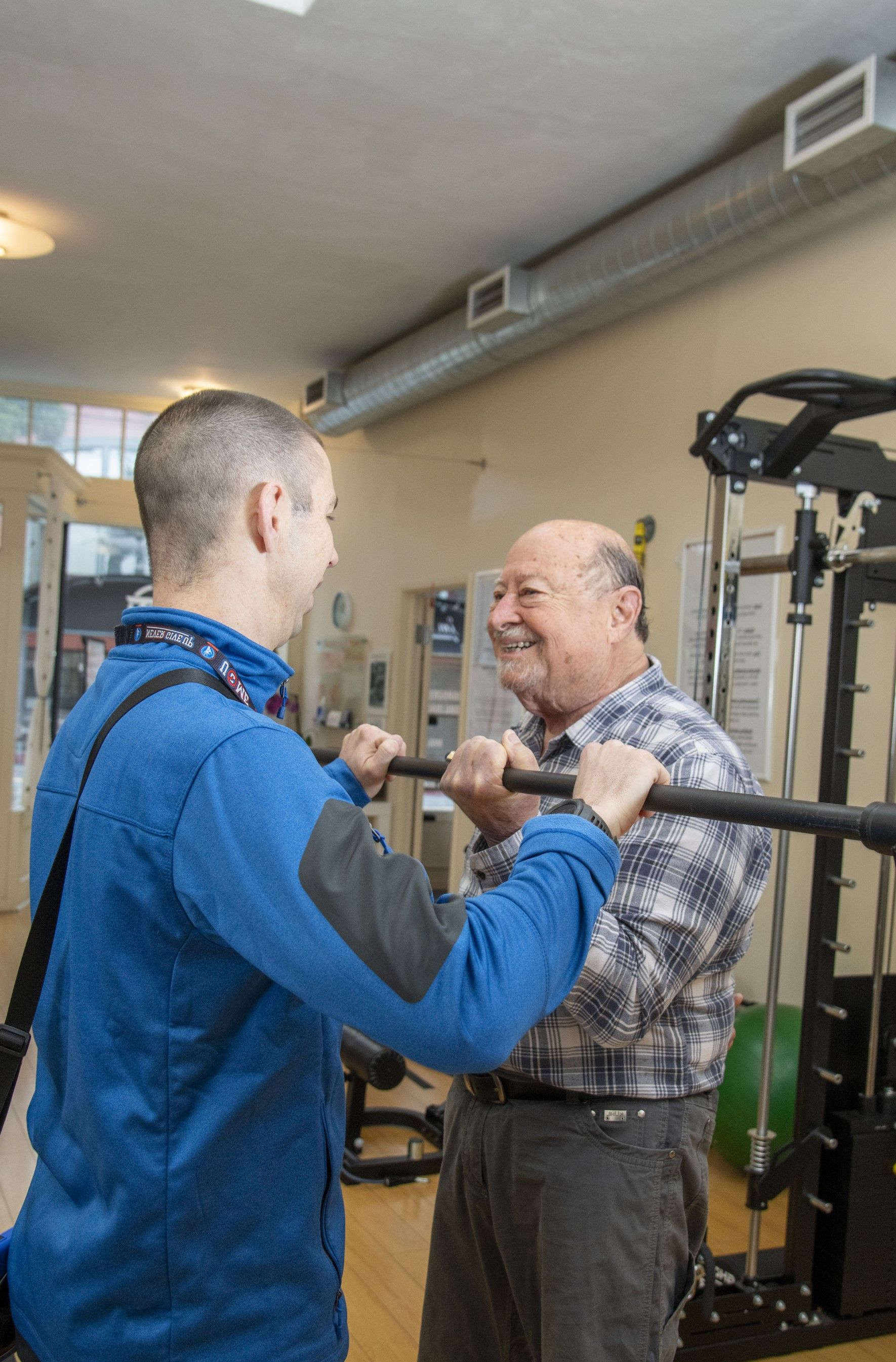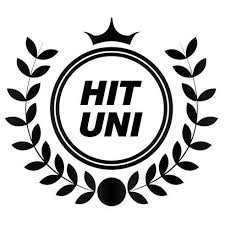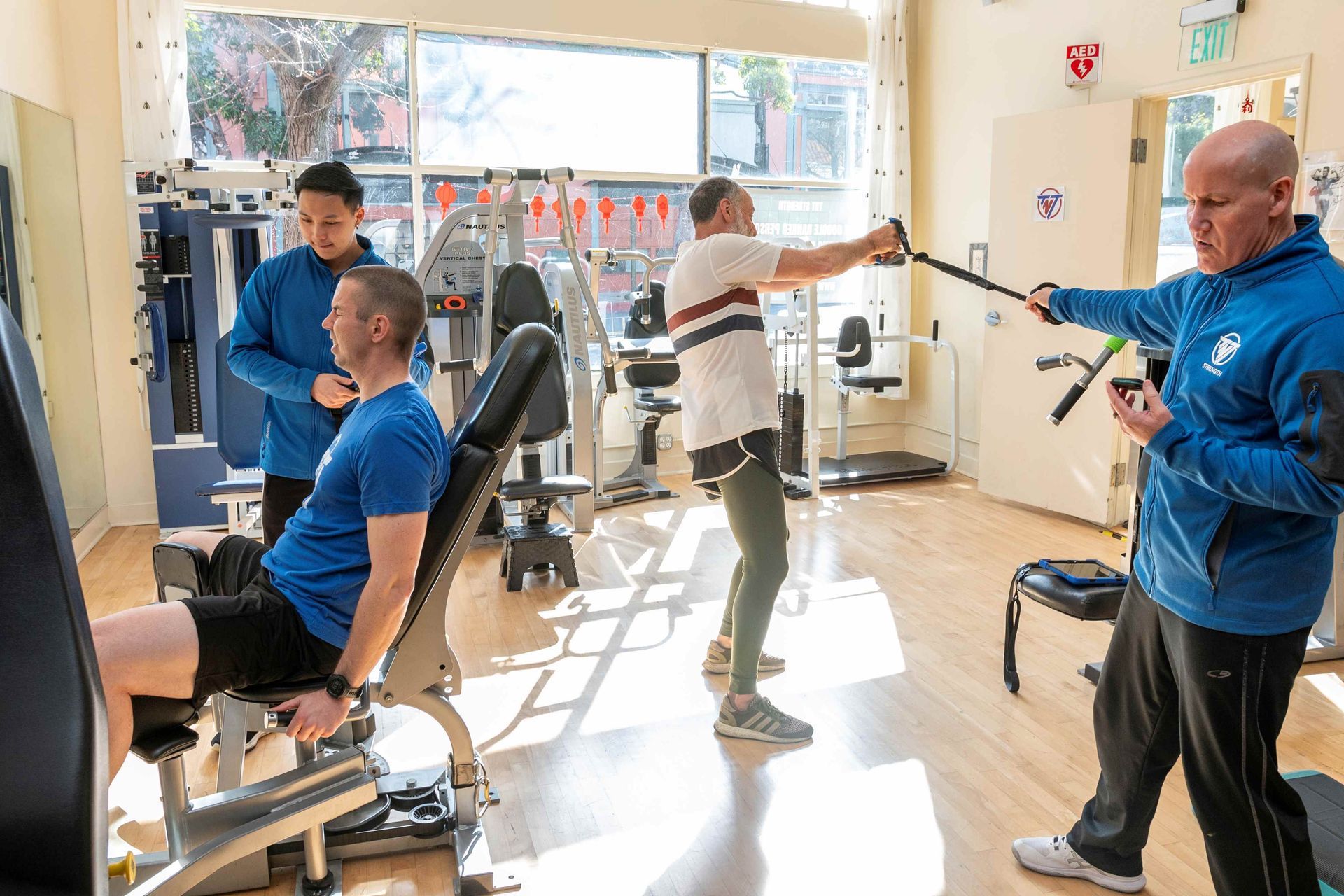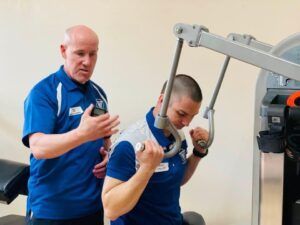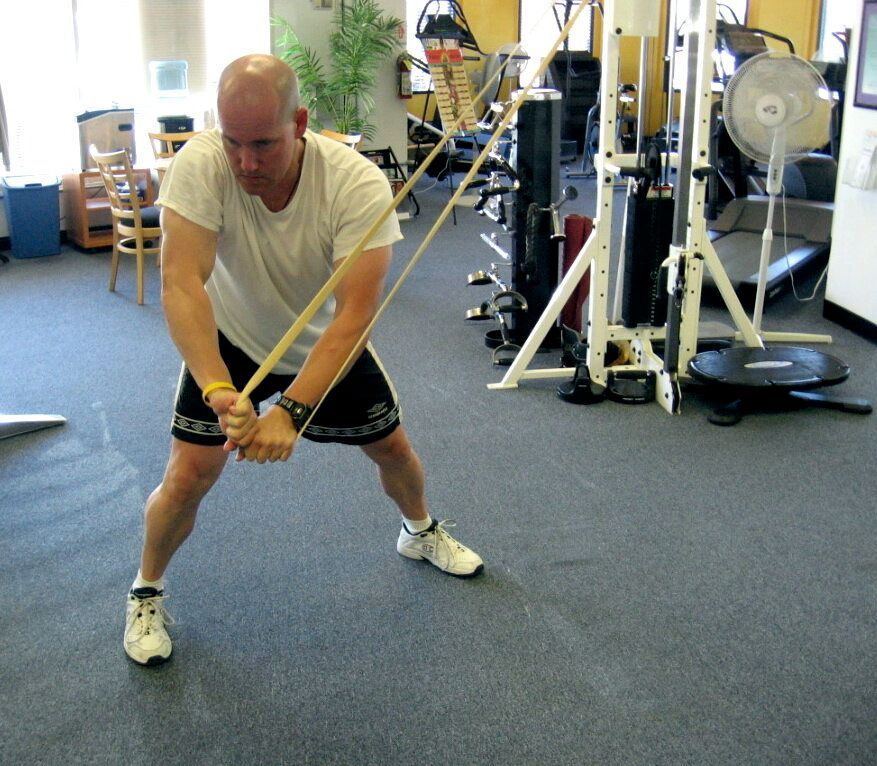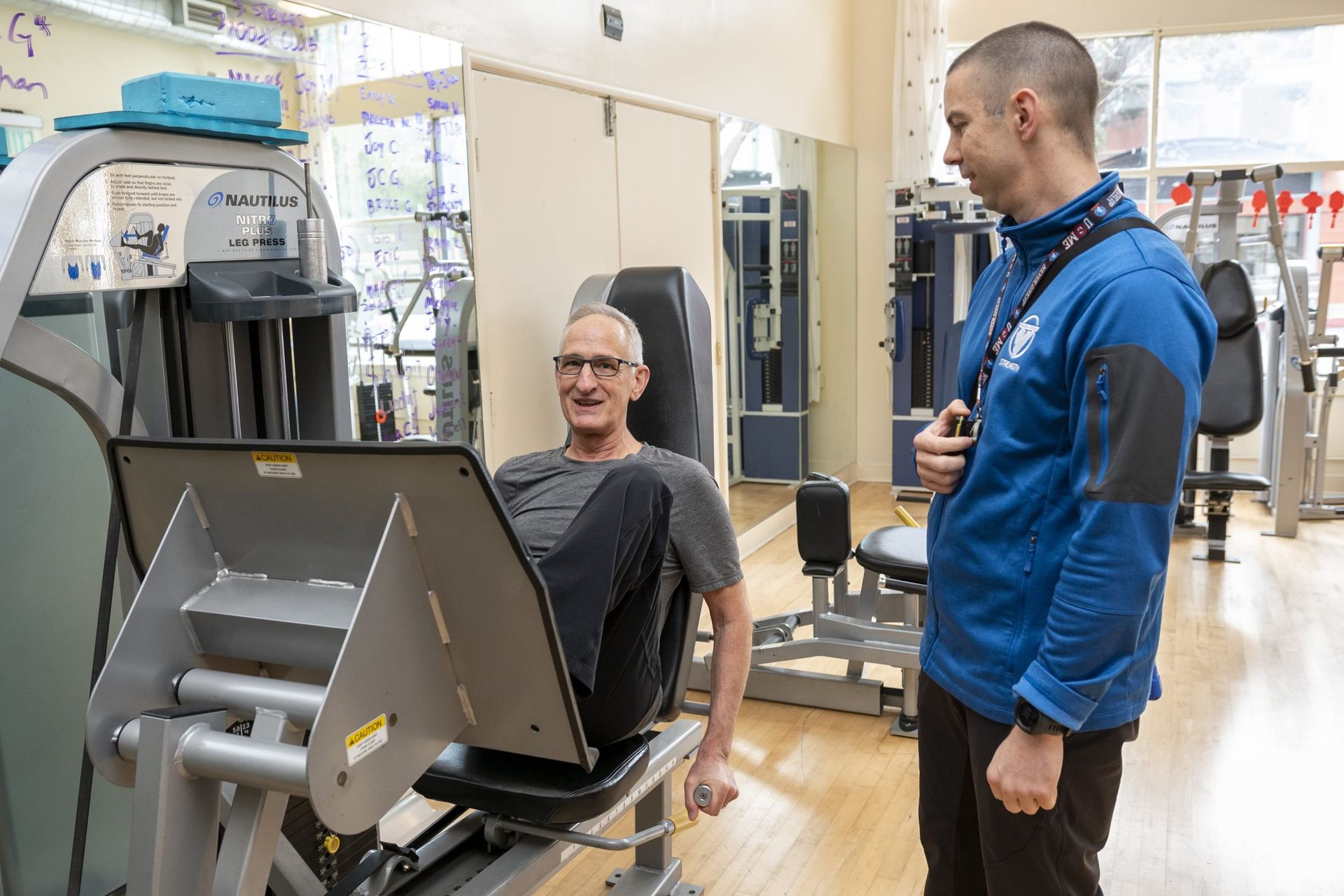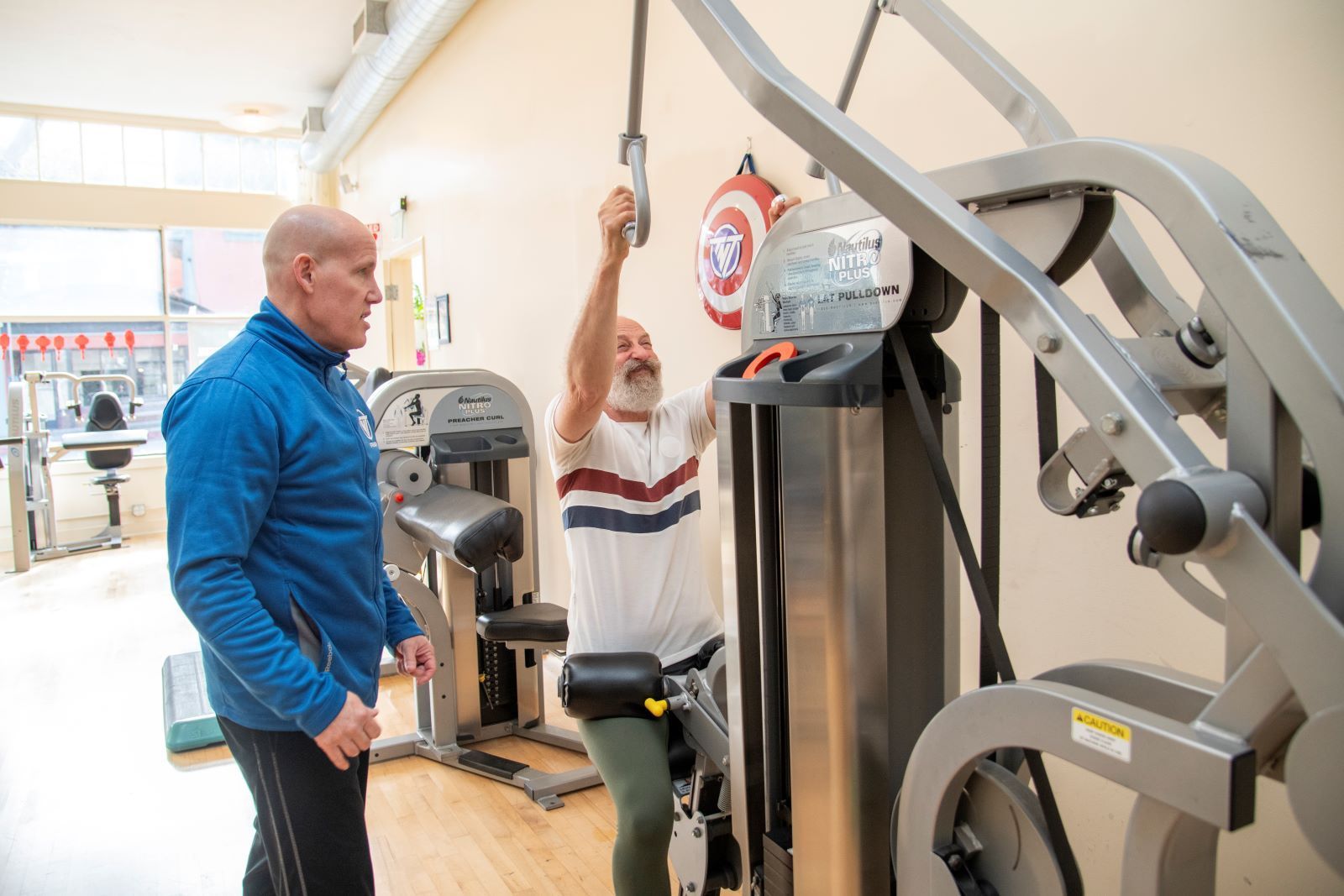TRAIN LESS GAIN MORE: Minimum Training For Maximum Results
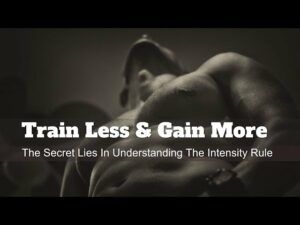
BY TAKU
As of this writing I have been strength training consistently for over 35 years. Like so many on this journey I have tried practically every possible approach, every hip and cool workout program “designed by the newest bodybuilding champ, every set & reps scheme, every split routine, every type of periodization. I have manipulated all the variables, crunched the numbers, tested and measured and kept endless training logs to track, compare and contrast my progress (or lack there of).
I have learned a lot along the way. The biggest three takeaways are perhaps the cornerstones of any successful strength program. They are:
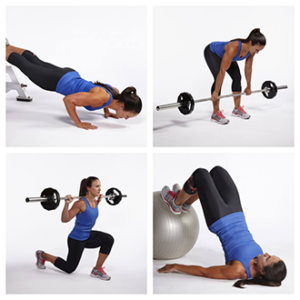
At this point for my distance clients (especially those 40 +) I recommend lifting (or strength training), and conditioning only once each a week: Example: Strength on day 1 and aerobics/ conditioning on day 5. Do each form of exercise once a week, allowing four days of recovery after weights / strength, and three after aerobics / conditioning.

The maxim “You can train long or you can train hard, but you can’t do both” applies with more force as you move from beginner to intermediate to advanced status. Having trained with weights for over 35 years, I’m about as advanced as it gets. The harder you train—and the older you get—the greater the impact of high intensity training on your system. An advanced—or older—trainer needs more rest to allow the body to recover and rebuild itself as good or better than before.
The physiology is straight forward. High intensity resistance training breaks down muscle tissue. The degree of damage depends on the intensity of the exercise. The higher the intensity the greater the damage. In the process of healing, however, the muscle grows stronger. The end result is more and stronger muscle.
Healing, however, is a multi-step process and takes time. One of the steps, inflammation, actually causes further damage. Soreness is part of the healing process; it discourages you from doing anything to interfere with the healing and growth process. In all, healing can take five days or longer. You can do hard aerobics when the process is in the final stages, but it is best not to lift again for about a week. That explains my recommended training sequence.
The bottom line is that I'm finding as my athletes get stronger and more fit, they are rarely fully recovered doing intense strength training three times a week.
The proof of the pudding is that more rest has made all of my guys / gals (and myself) stronger in both strength, and conditioning sessions.
My new schedule includes six different workouts: three whole-body strength / weight workouts, and three interval based conditioning workouts. Rotating through the six routines—strength on Monday and endurance on Friday—I do each workout once (some twice) a month. And it works. I’ve been making progress in all six workouts. As always, I cycle intensity, backing off and altering the routines as necessary. I also stay active between workouts with lot's of walking and easy movement sessions (including a dedicated stretching / mobility day on Wednesday). This keeps my blood flowing and aids recovery.
In conclusion, working out less often allows me to keep training hard, which signals my body that I’m using all of my resources and striving to improve.
If you are Looking for a simple, safe and efficient Strength Training tool for in Home Training I Highly recommend that you check out the Iso-Max from Dragon Door As far as I am concerned it is one of the best training tools on the market.
For more ideas about creating simple effective strength training and conditioning programs check back here frequently or visit us at: www.tntstrength.com
Register your name and email address on the site to Get Our Free Nutrition & Training PDF! And so you can be kept up-to-date on the latest news from TNT Strength.
Experience the TNT Strength difference with a free workout.
START YOUR FITNESS TRANSFORMATION WITH A
FREE WORKOUT
Complete the form and we'll set up an appointment for you.
Recent Articles

